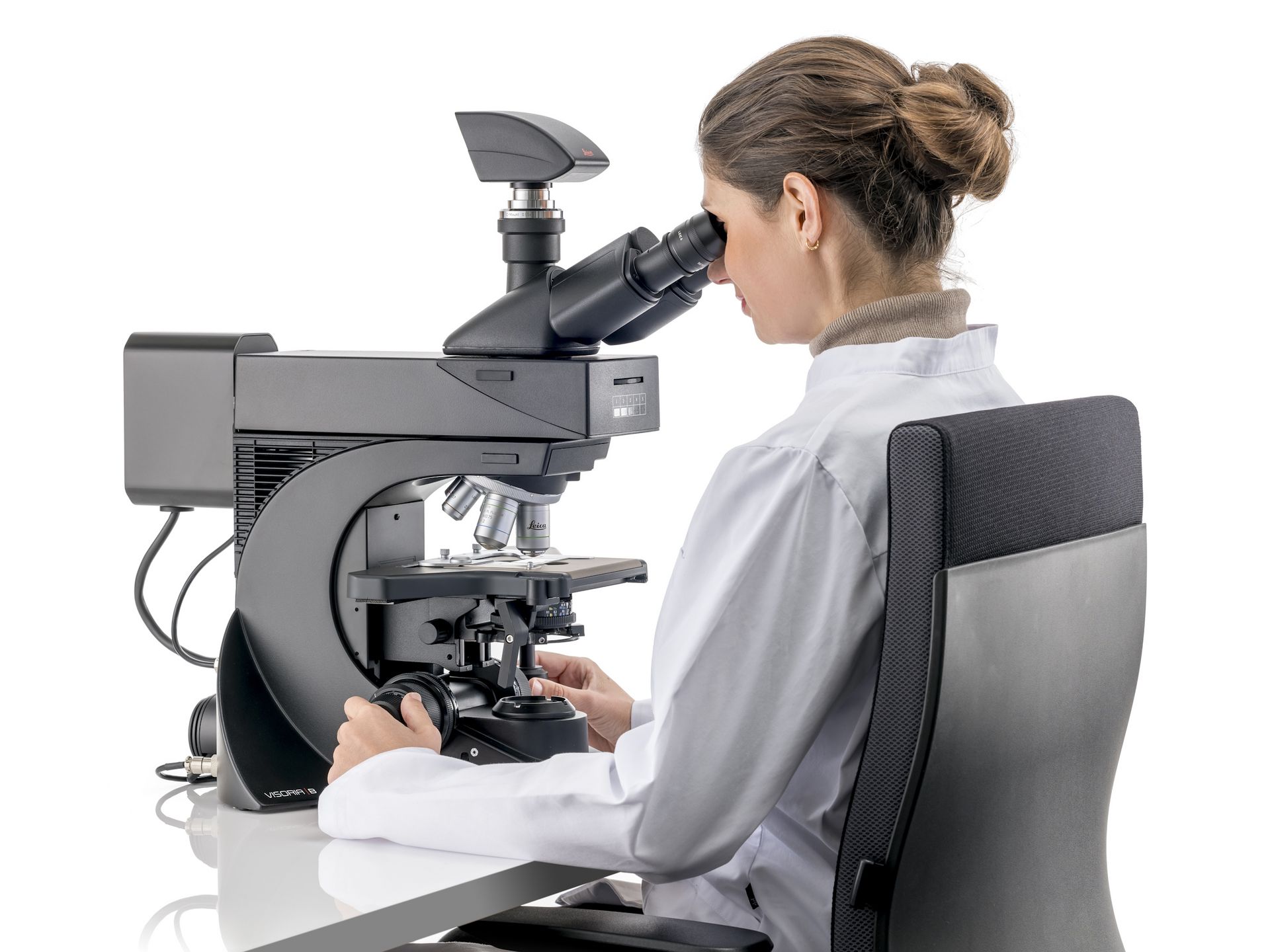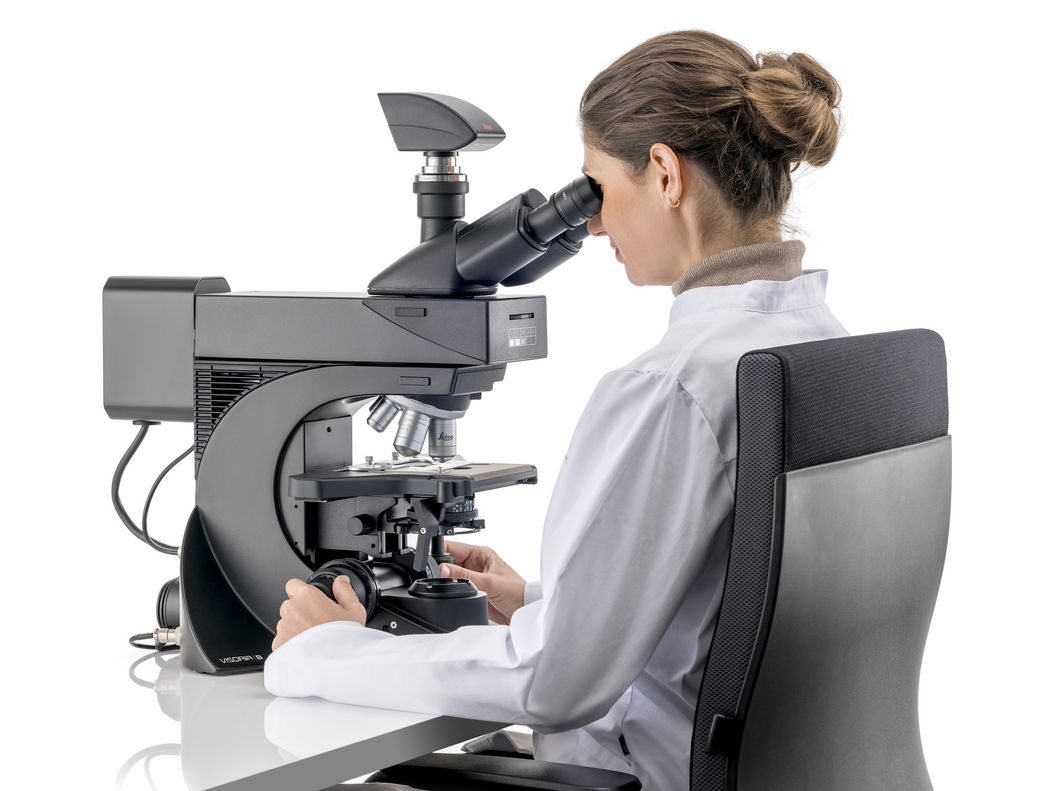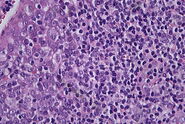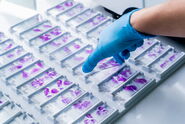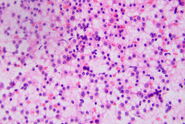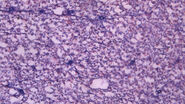Key Learnings
- You will learn why your laboratory’s needs influence your choice of clinical microscopes
- You will understand why ergonomics matters in pathology
- You will learn how excellent optics supports accurate and timely diagnoses
- You will learn which role contrast methods play and how they may also influence your choice of camera
- You will understand how microscopes add to efficiency
Analyze your laboratory’s needs
Before starting to browse microscope vendors’ websites for makes and models, it is useful to consider what exactly microscopes are used for in the lab.
- What kind of specimens do your team members look at? Do they look at tissue sections, fluids, or microorganisms, such as bacteria, fungi, or parasites? Depending on the specimens, a variety of contrast methods may be helpful.
- Which throughput does the lab have? Is the microscope used occasionally, more frequently, or, as in many labs, for hours on end? Depending on throughput, it may be an advantage to consider manual, semi-automated, or automated microscopes for ergonomics and efficiency.
- How many people use the same microscope? If pathologists share a workstation, fast configuration may be important so that users can quickly adapt the microscope to their needs and physique.
- Does teaching play a role in the lab or do pathologists discuss specimens regularly? If so, multi-view microscopes are worth considering, as are cameras which enable sharing images as well as archiving files in the hospital or laboratory information system.
- Last, but not least, knowledge of the budget and time frame for the acquisition helps with steering towards the best possible solution. Especially if your lab has a high throughput of specimens and your team members spend much time at the microscope every day, you might consider booking a demonstration of the microscopes to make sure those who work with them have a say in which models are obtained.
Look at what contributes to accurate and timely diagnoses
Accuracy and time to diagnosis count in pathology. Therefore, all tools in the pathology workflow should help achieve the goals of diagnosing accurately and within a minimal timeframe. The following factors should be considered in this respect - below, they are elaborated in more detail.
